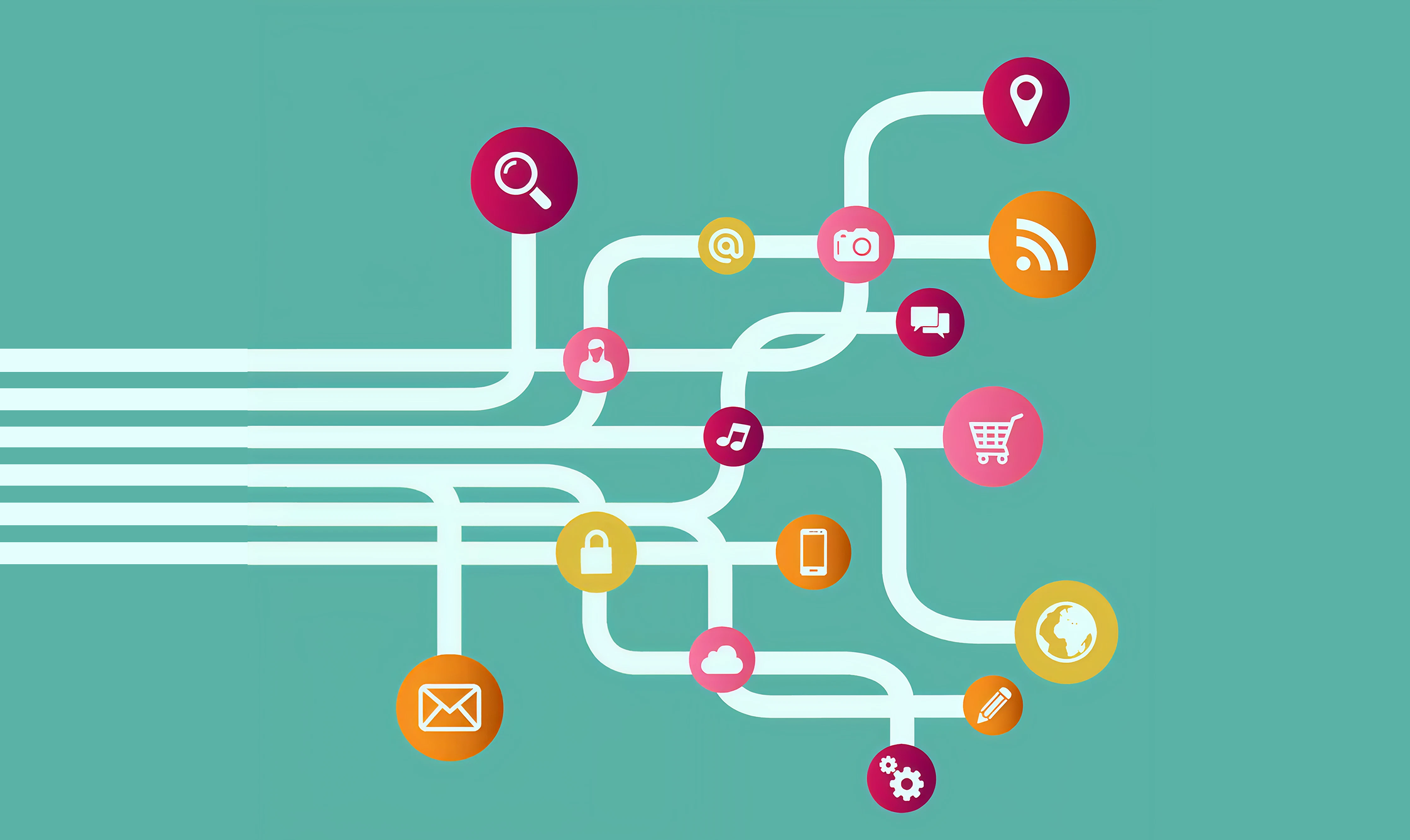User Journey Mapping: Visualizing Frustration to Create Delight

Introduction
Designing intuitive digital experiences isn’t just about colors and layout—it’s about understanding how users feel, what they go through, and where they get stuck. That’s where user journey mapping shines. It visualizes the user's experience across every touchpoint, revealing gaps, pain points, and opportunities for creating delight.
In this blog, we’ll break down what user journey mapping is, why it matters, how to create one, and how it can turn user frustration into seamless, satisfying experiences.
What Is a User Journey Map?
A user journey map is a visual representation of the end-to-end experience a user has with a product or service. It documents the steps they take, the emotions they feel, and the challenges they encounter—from awareness to post-purchase.
Unlike a user flow (which is process-based), journey maps are emotion-based and narrative-driven. They help designers and teams:
- Understand user behaviour and mindset
- Identify friction points
- Build empathy
- Prioritize UX improvements
Why It Matters
Designers often assume they know what users need—but assumptions don’t lead to delightful experiences. Journey mapping ensures design decisions are user-centered and grounded in real experiences.
Benefits include:
- Spotting pain points users face
- Finding gaps in your service or interface
- Building cross-functional alignment around user needs
- Prioritizing fixes based on emotional impact
When you know where users struggle, you can design solutions that reduce effort and increase satisfaction.
Key Elements of a Journey Map
A comprehensive user journey map typically includes:
1. Persona
Who is the user? Include demographics, goals, needs, and behavior patterns.
2. Scenarios & Goals
What is the context of their journey? What are they trying to achieve?
3. Stages or Phases
Break the journey into phases (e.g., awareness, consideration, onboarding, usage, support).
4. Touchpoints
Where do users interact with your product/service (e.g., website, app, email, support)?
5. User Actions
What are users doing in each phase?
6. Thoughts & Emotions
What are users thinking and feeling? Frustrated? Confused? Satisfied?
7. Pain Points
Where are the obstacles or friction areas?
8. Opportunities
What can you improve or optimize at each step?
Example: Journey of a New User in a Fitness App
| Phase | Action | Emotion | Pain Point | Opportunity |
|---|---|---|---|---|
| Discovery | Sees ad on Instagram | Curious | Confused about features | Clarify benefits in ad copy |
| Sign-Up | Creates account | Excited | Too many form fields | Shorten sign-up or use social login |
| Onboarding | Sets fitness goals | Overwhelmed | Not sure which plan to pick | Recommend based on preferences |
| First Workout | Starts training | Motivated | Confusing instructions | Add video walkthroughs |
| Post-Workout | Views stats | Proud | Wants encouragement | Offer badges or shareable graphics |
How to Create a User Journey Map
1. Define Clear Objectives
Are you mapping a new user journey? A returning one? Support interaction? Be specific.
2. Conduct User Research
Use interviews, usability tests, heatmaps, and analytics to understand real user behaviour.
3. Create Personas
Build realistic personas to anchor your map in user psychology.
4. Outline Journey Stages
Divide the journey into logical steps that reflect the user’s progress.
5. Add Emotions, Thoughts & Pain Points
Bring the map to life with quotes, insights, and emotional data.
6. Identify Key Opportunities
Highlight moments where design can improve the experience.
7. Collaborate Across Teams
Share and refine the map with stakeholders from product, marketing, and support.
8. Visualize & Share
Design your map using tools like:
- Miro, FigJam, Lucidchart for visual collaboration
- UXPressia, Smaply, Canvanizer for journey mapping templates
When to Use Journey Mapping
- During new product development
- When revamping a feature or service
- To align teams around UX goals
- After collecting user feedback
Journey maps are not one-and-done documents—they should evolve as your product and users evolve.
Journey Mapping Best Practices
- Start small and scale—focus on one persona or one stage first
- Use real user quotes to deepen empathy
- Keep it visual and digestible
- Prioritize changes that affect user emotion, not just functionality
- Update maps regularly with new insights
From Friction to Flow: The Power of Empathy
The beauty of journey mapping lies in humanizing your design process. It moves teams from feature thinking to experience thinking. Instead of asking “what can we build?” you start asking “how can we help users succeed—with joy?”
By mapping frustration, you discover delight. You see users not as metrics, but as people.
Conclusion
User journey mapping is more than a UX exercise—it’s a mindset shift. It helps product teams design with empathy, align on user goals, and create experiences that truly matter.
If your users feel stuck, confused, or frustrated, don’t guess why—map their journey and fix it with insight.